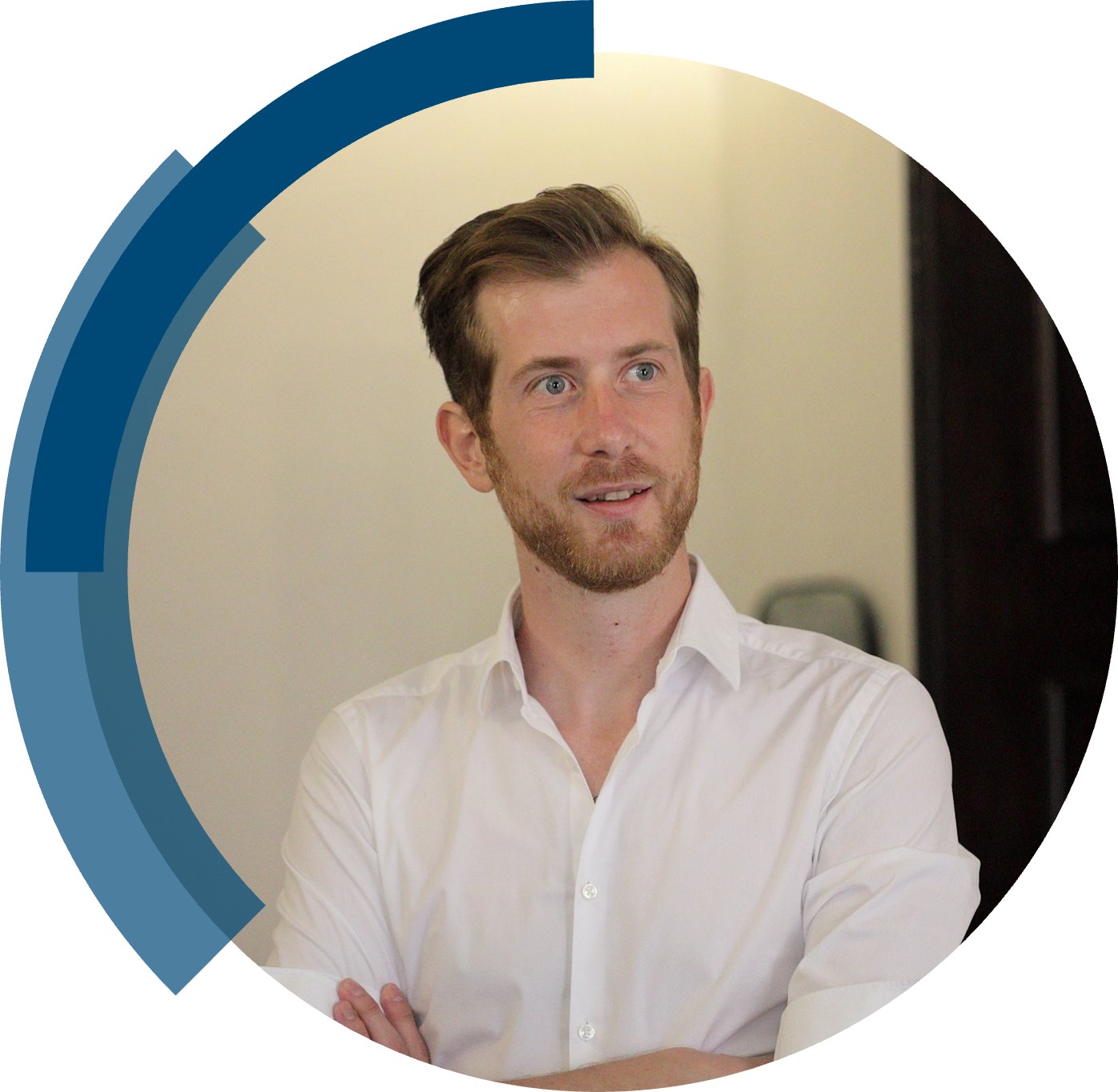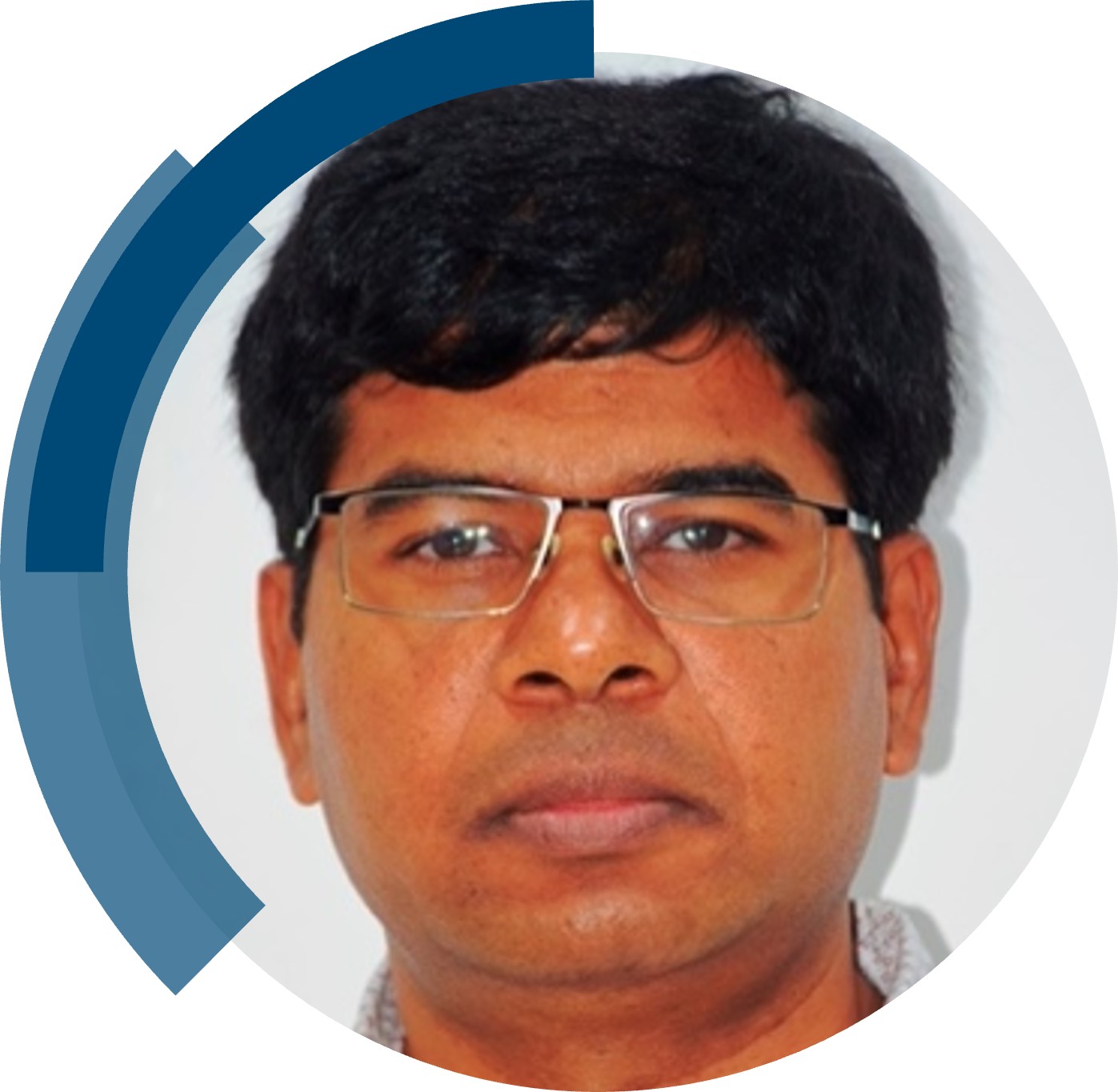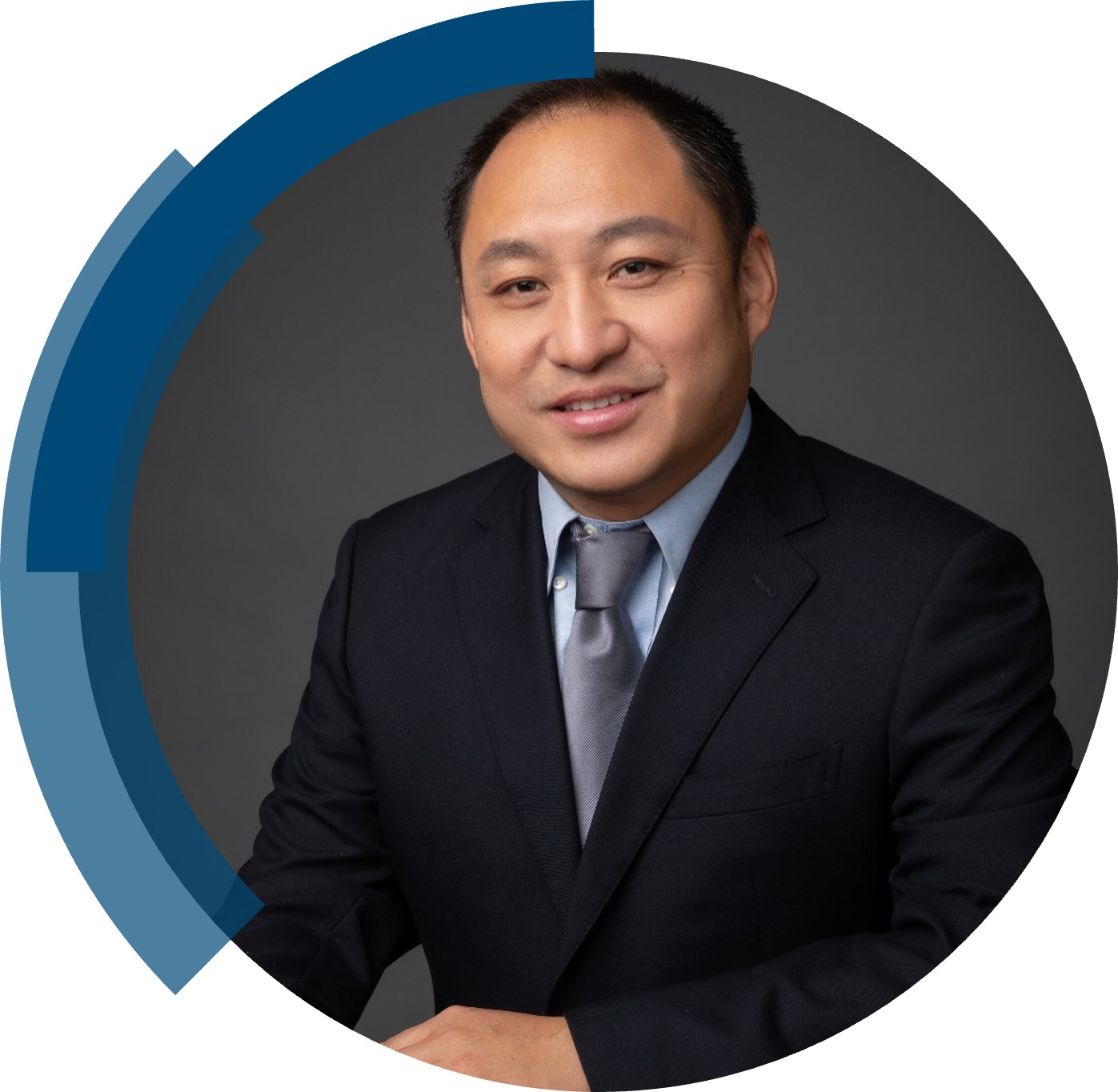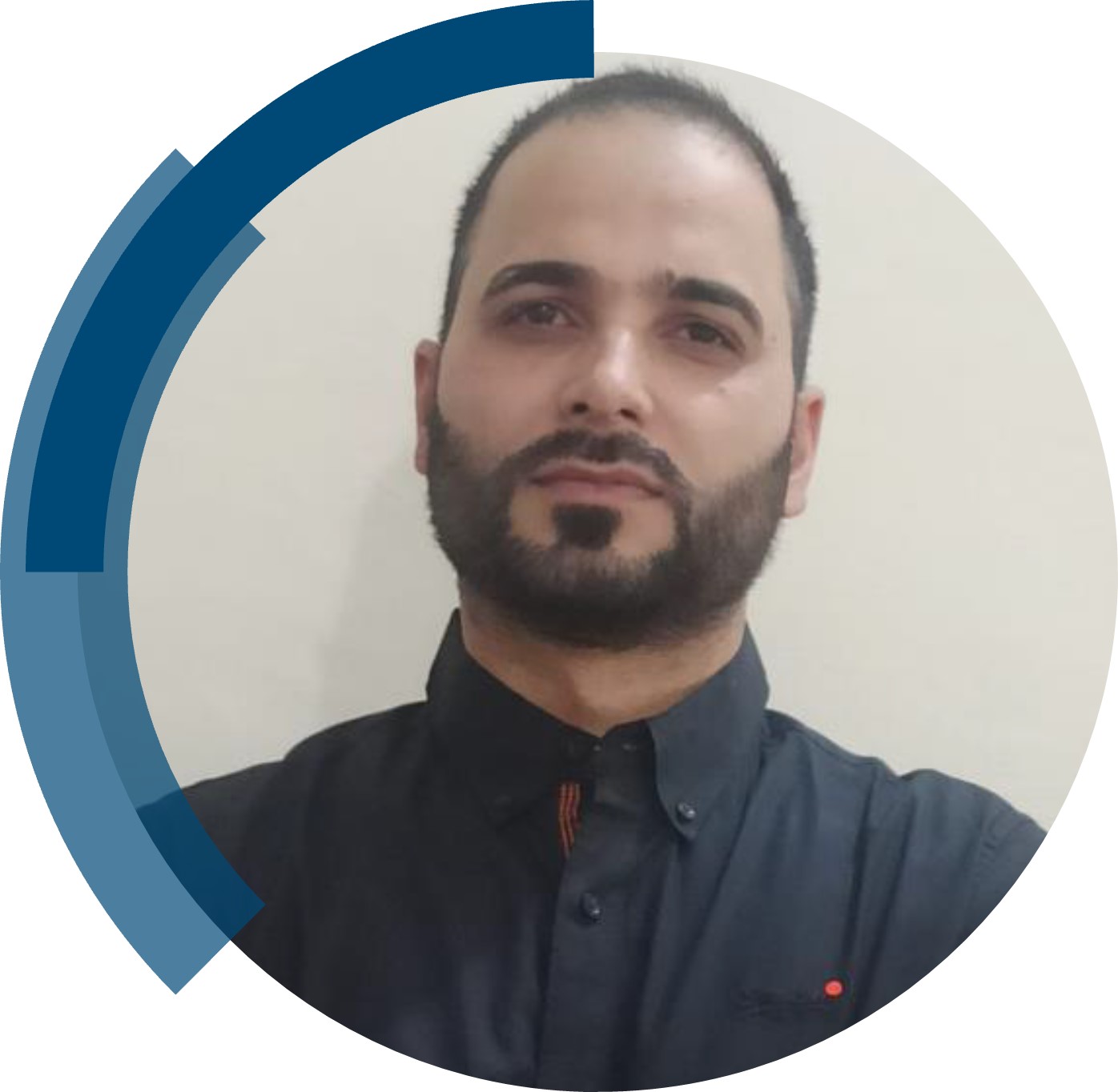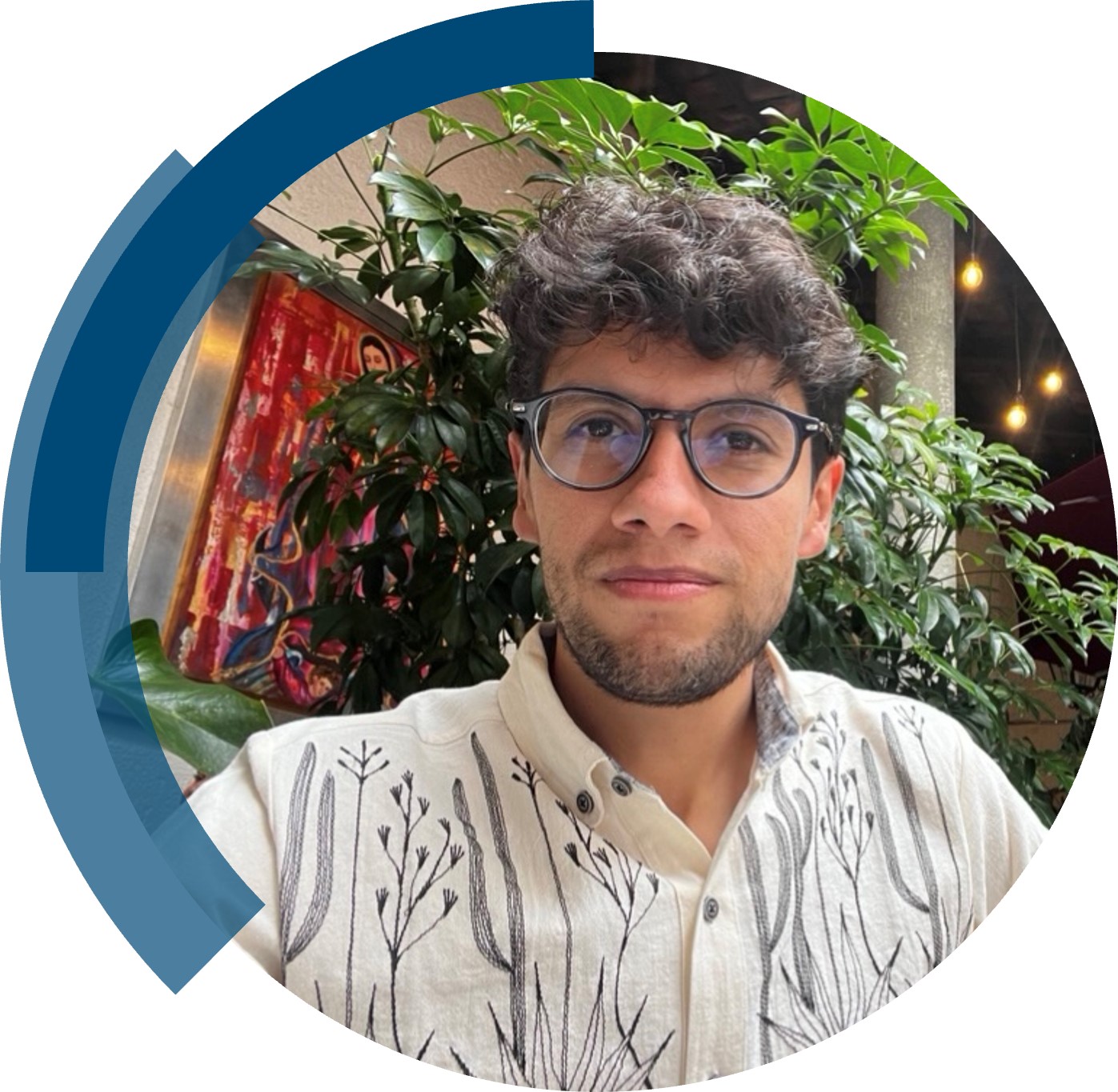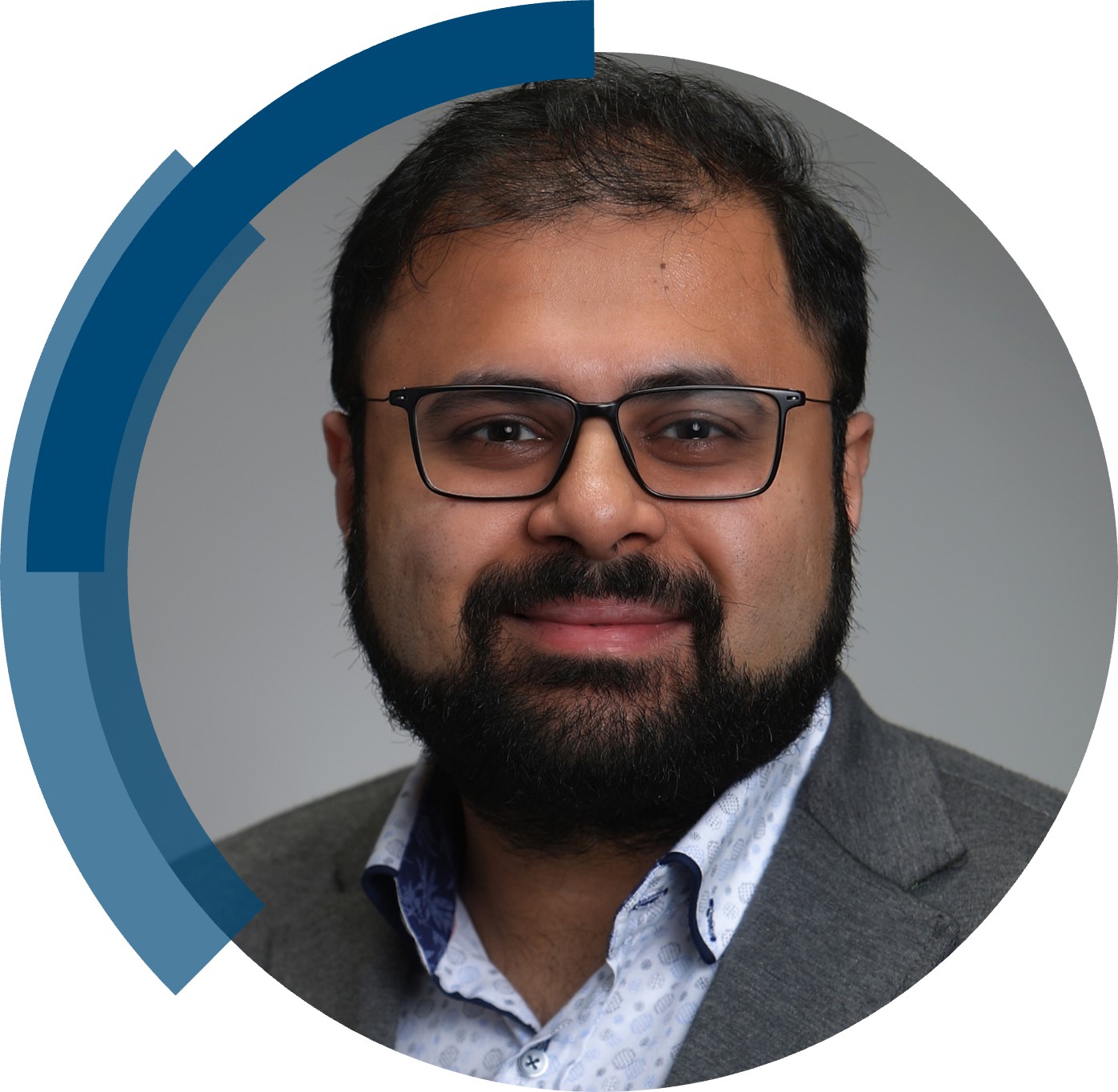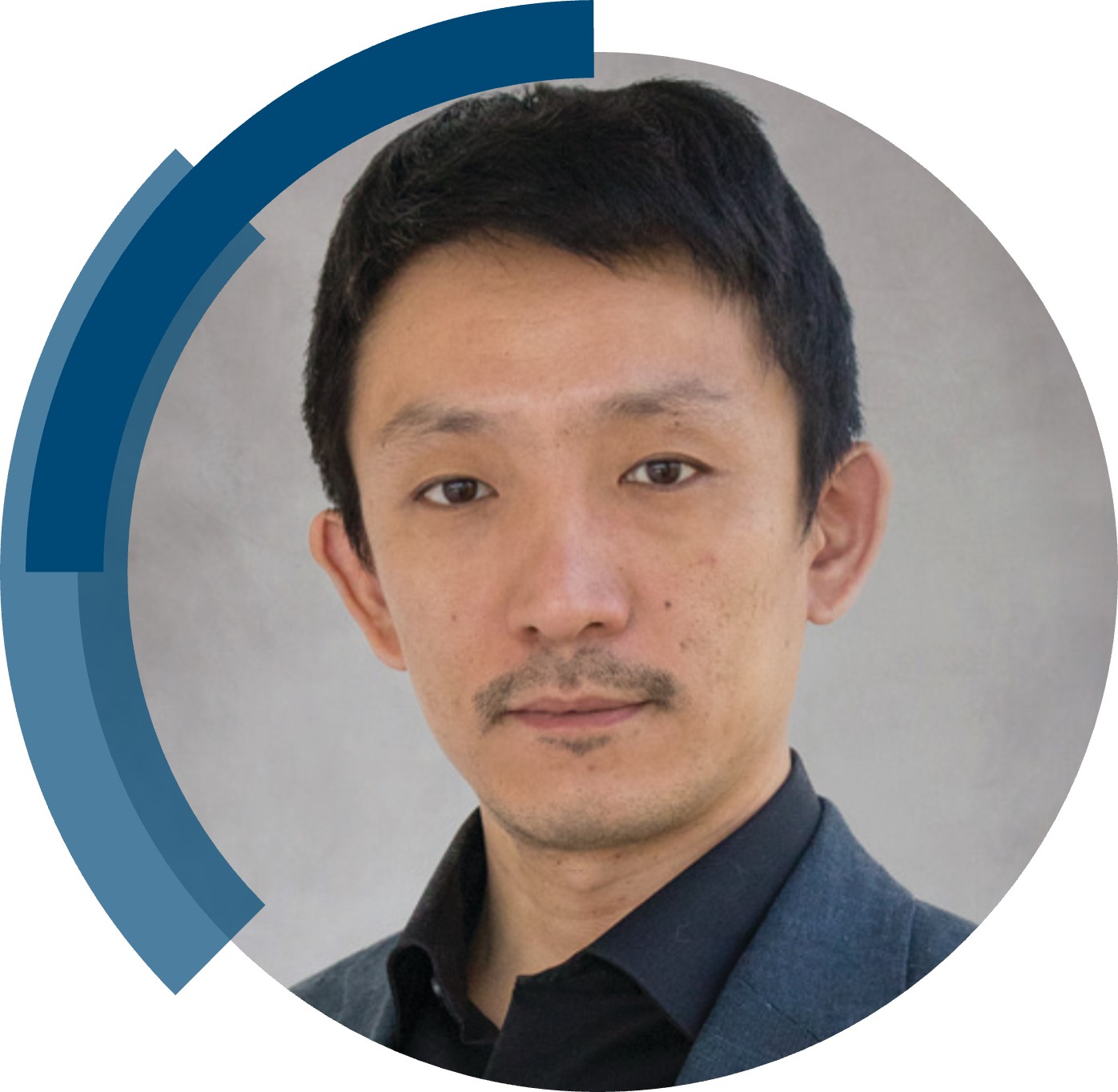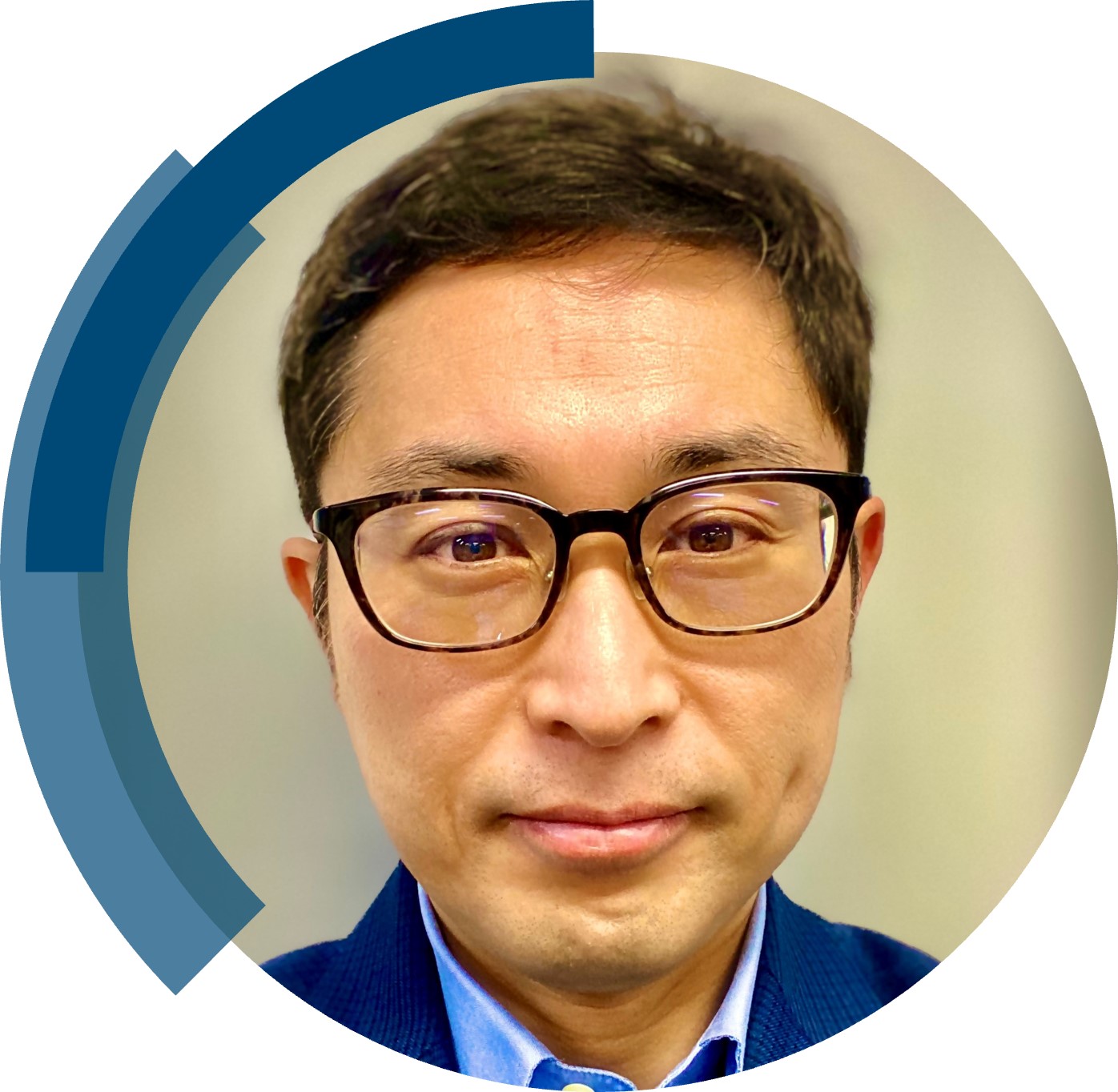Chemical Communications will be publishing its 60th volume in 2024. Over the past 60 years, ChemComm has been the RSC’s most cited journal, and one of the most trusted venues for rapid publication of short communications. In our anniversary year, we recognise the important contributions ChemComm has made, and continues to make, in advancing the chemical sciences.
As part of these celebrations, we’ve brought together a special collection highlighting the latest work from the pioneering researchers who have supported the journal in reaching this milestone by serving on ChemComm’s Editorial and Advisory boards in the last two decades. Throughout the year, we’ll be catching up with these current and former Board Members to discuss their work and reflect on ChemComm’s 60th anniversary.
Check out our interview with current Advisory Board Member, Professor Jyotirmayee Dash below!
 |
Professor Jyotirmayee Dash earned her Ph.D. in Organic Chemistry from IIT Kanpur. Subsequently, she was awarded an Alexander von Humboldt fellowship at the Freie University of Berlin. She also held postdoctoral positions at ESPCI, Paris, and at the University of Cambridge, where she received a Marie Curie fellowship. She commenced her academic journey as an Assistant Professor at IISER Kolkata. Currently, she serves as a Professor at IACS Kolkata. Professor Dash has been recognized with DST-SwarnaJayanti, DBT/Wellcome Trust India Alliance Fellowships, as well as the Shanti Swarup Bhatnagar Prize. She leads a research group primarily focusing on synthetic organic chemistry tools for studying the structure and function of nucleic acids for therapeutic applications.
Webpage: https://www.iacs.res.in/athusers/index.php?navid=0&userid=IACS0034 Twitter/X: @DashLab1 |
What attracted you to the role as Advisory Board Member for ChemComm?
I was attracted to the role of Advisory Board Member for ChemComm because it’s known as a top journal for quickly publishing important scientific findings. Contributing my knowledge and experience to support this esteemed journal has been a long-standing interest of mine. Being in this role could also encourage more people in my community to read and submit their work to ChemComm.
How have you seen ChemComm evolve over the years, and what aspects do you find most noteworthy?
I have observed ChemComm evolve over the years, particularly in its publishing procedure. What stands out to me the most is its rapid yet thorough peer-review process, resulting in the publication of highly significant works presented in a concise and straightforward format. This approach is particularly beneficial for new researchers, as it allows them to access important knowledge and plan their projects effectively.
What is your favourite thing about ChemComm?
My favorite aspect of ChemComm, beyond its capability for rapid publication, is the diversity of chemical science topics it includes. Interdisciplinary research articles published in ChemComm serve as a valuable platform for researchers from various backgrounds to explore new avenues by bridging diverse fields within the chemical sciences. This diversity makes the journal highly appealing to individuals within different disciplines of the chemical science community, making it one of the most trusted and highly cited journals, publishing communications of significant scientific values.
In what ways do you think ChemComm stands out among other journals in your field?
The short format and rapid publication of urgent and impactful work make ChemComm a standout journal in Chemical Science, appealing not only to new researchers but to all researchers to share their significant findings efficiently. ChemComm’s feature articles highlight cutting-edge research across various disciplines within the chemical sciences. These articles often showcase significant advancements and impactful discoveries, making them valuable contributions to the scientific community.
Are there ways in which the journal can further support and engage with future generations of scientists?
ChemComm has already proven to be a wonderful platform, supporting the future generation of scientists. Moreover, fostering interactions between upcoming scientists and the editors through conferences or workshops will attract more researchers. This engagement may increase the likelihood of these researchers considering ChemComm as a preferred venue for publishing their research findings in the future.
Could you provide a brief summary of your recent ChemComm publication?
Our recent ChemComm publication highlights the use of a G-quartet-like supramolecular assembly within guanosine phenyl boronic acid hydrogel to facilitate macrocyclization between bis-azide and bis-alkyne fragments. This process enhances hydrogel properties and offers potential for in situ drug synthesis and delivery. We’ve shown that a nucleic acid-based hydrogel can enable in situ synthesis of macrocyclic ligands via click reactions, demonstrating the hydrogel’s versatility for challenging reactions and its potential for drug synthesis and delivery.
In your opinion, what are the next steps or potential areas of research that could build upon the findings in this paper?
Next steps or potential areas of research could involve design and development of bio-inspired pH responsive and thixotropic hydrogels, similar to the nucleoside derived hydrogel, as a platform for the direct synthesis of drugs from reactive fragments. These investigations could lead to simultaneous in situ synthesis and delivery of drugs at specific locations, offering promising prospects for targeted and efficient drug delivery systems.
Be sure to read Professor Dash’s recent communication – Guanosine-based hydrogel as a supramolecular scaffold for template-assisted macrocyclization by Binayak Lala, Ritapa Chaudhuri, Thumpati Prasanth, Ines Burkhart, Harald Schwalbe and Jyotirmayee Dash













